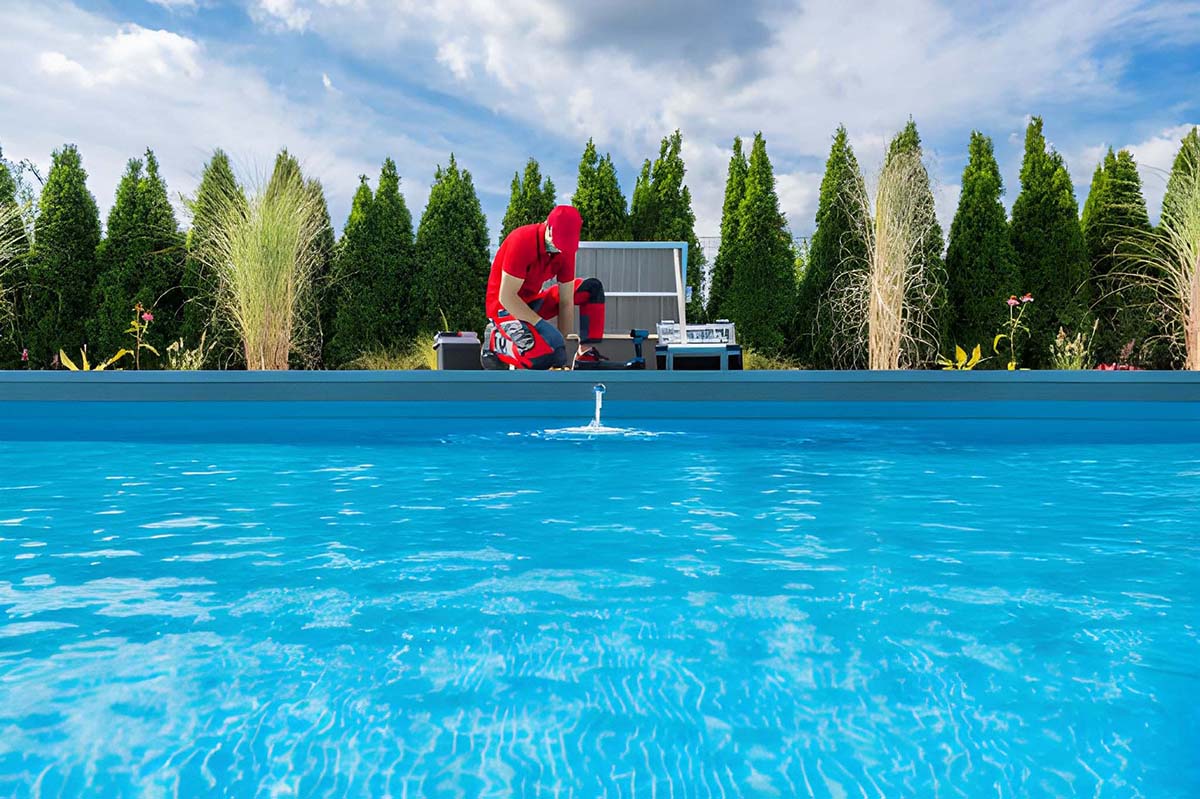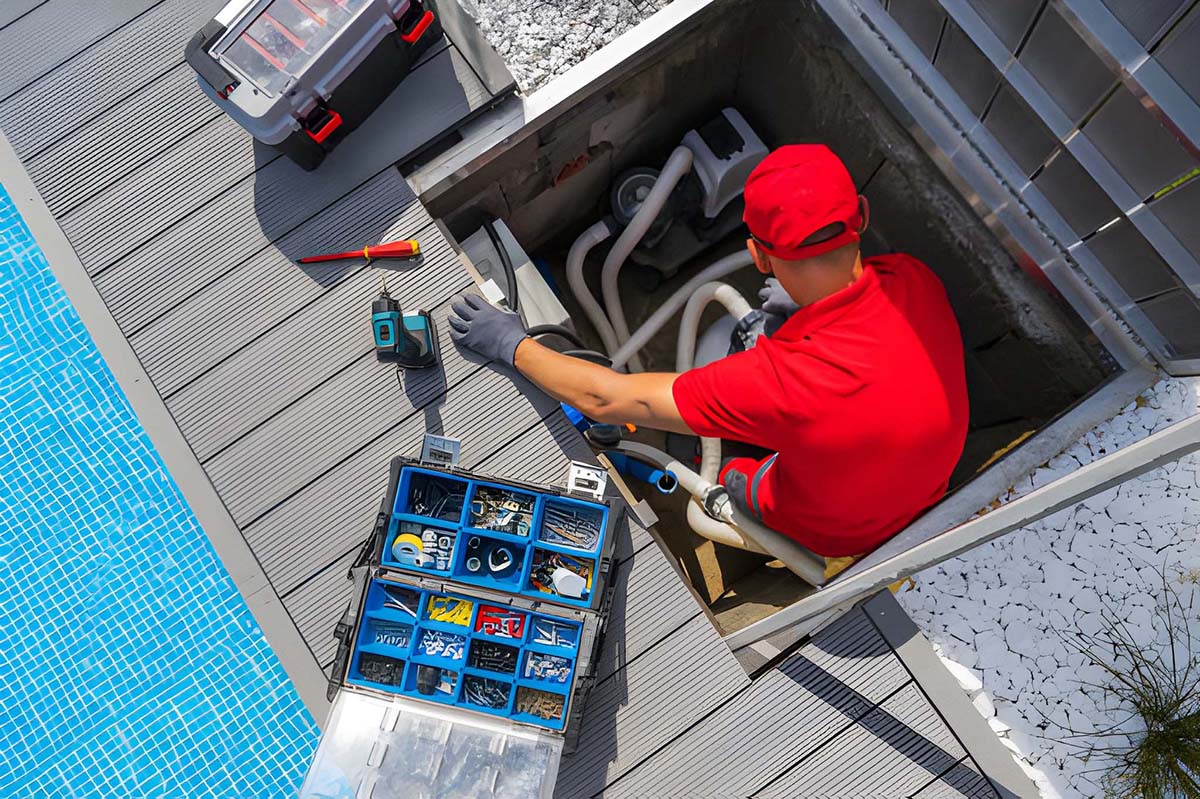Taking care of a pool — much like tending to your garden — means paying attention to all the parts that keep the water clear and safe. One of the most important pieces is the salt cell. Over time, this part can wear out, and replacing it becomes necessary to keep your pool running the way it should. Many pool owners are unsure about when and how to replace a salt cell, but with the right guidance, the process can be much easier.
Over time, salt cells wear out and lose efficiency. When this happens, chlorine levels may drop, and the water may become cloudy or unsafe. Pool salt cell replacement at the right time is essential to maintain your pool’s health and avoid unnecessary costs. But with so many options available, choosing the right replacement chlorinator cell can feel confusing.
This guide will walk you through what a salt cell does, how to know when it needs replacing, and the key factors to consider when choosing a new one. With the right knowledge, you can make a confident decision that keeps your pool water sparkling and balanced.

What is a Pool Salt Cell?
A pool salt cell, sometimes called an electrolytic cell, is part of the saltwater chlorination system. It works through a process known as electrolysis. Here’s how it functions:
1. A small amount of salt is dissolved in the pool water.
2. The water flows through the salt cell, which contains special plates powered by electricity.
3. The electric current splits the salt into sodium and chlorine.
4. The chlorine sanitises the water by killing bacteria and algae.
5. After doing its job, the chlorine turns back into salt, and the cycle repeats.
This process creates a continuous, gentle supply of chlorine without the need for harsh chemicals. The salt cell is therefore the main worker in keeping the pool safe and clear.
Signs That Your Pool Salt Cell Needs Replacement
Salt cells don’t last forever. On average, they can work effectively for three to seven years depending on usage, water quality, and maintenance. Here are some common signs that it might be time to replace your salt cell:
– Low chlorine production: If chlorine levels remain low even after cleaning the cell and adjusting settings, the cell may be worn out.
– Frequent cleaning required: A cell that builds up calcium or debris too quickly may be losing efficiency.
– Error messages or warning lights: Many systems have indicators that signal when the cell is no longer functioning properly.
– Cloudy water or algae growth: If the water becomes difficult to maintain despite proper care, the cell could be underperforming.
– Age of the cell: If your cell is nearing the end of its expected lifespan, it may be time to plan for chlorinator cell replacement.
Identifying these signs early can save you from water quality issues and potential damage to the pool.

Choosing the Right Pool Salt Cell Replacement
When it comes to replacing your salt cell, it’s not just about buying a new part, it’s about choosing the right one for your pool. Here are some important tips to guide your decision:
Match the Cell to Your Pool Size
The capacity of the salt cell must align with the size of your pool. A cell that is too small will struggle to produce enough chlorine, leaving the water unsafe. On the other hand, an oversized cell may be unnecessarily costly. Always check the specifications and choose a cell designed to handle your pool’s water volume.
Check Compatibility with Your System
Not all salt cells fit every chlorination system. Before purchasing, make sure the replacement chlorinator cell is compatible with your control unit. Using the wrong type can result in poor performance or even damage to your equipment.
Consider the Lifespan of the Cell
Salt cells vary in durability. Some are built with stronger materials and coatings that extend their life. While longer-lasting cells may cost more upfront, they can save you money in the long run by reducing the frequency of chlorinator cell replacements.
Look for Self-Cleaning Features
Minerals like calcium often build up on salt cell plates, reducing efficiency. A self-cleaning cell can automatically reverse polarity to reduce buildup, which means less manual cleaning for you and a longer life for the cell.

Benefits of Replacing Pool Salt Cell on Time
Replacing your salt cell when it shows signs of wear has several advantages:
– Consistent Water Quality: Your pool stays clear, safe, and pleasant for swimming.
– Less Maintenance Stress: A new cell works efficiently, reducing the need for constant adjustments.
– Cost Savings: While replacement may seem expensive, it prevents bigger issues like damaged equipment or high chemical costs.
– Longer Equipment Life: A healthy salt cell helps protect the entire chlorination system, ensuring smooth operation.
The Impact of Professional Installation
Installing the wrong type can reduce efficiency and shorten the life of your equipment. Always make sure the connections are tight and that the cell is positioned correctly to allow proper water flow. Hiring an experienced pool builder in Geelong can make this process easier. They not only install pools but also understand how to integrate equipment like salt cells, pumps, and filters so everything works together smoothly. Their knowledge helps avoid mistakes that could lead to costly repairs later.
Conclusion
The salt cell is the heart of a saltwater pool system, and keeping it in good condition is essential for clean, safe, and enjoyable water. Recognising when it’s time for replacement and knowing what to look for in a new cell makes the process much simpler.
From matching the cell to your pool’s size to checking for self-cleaning features, every detail matters in making the right choice. Once replaced, regular care and balanced water chemistry will keep the new cell running efficiently for years.
By taking the time to choose wisely, you not only protect your pool but also ensure that your time spent swimming is stress-free. A well-maintained salt cell means sparkling water, less hassle, and more enjoyment every season.








